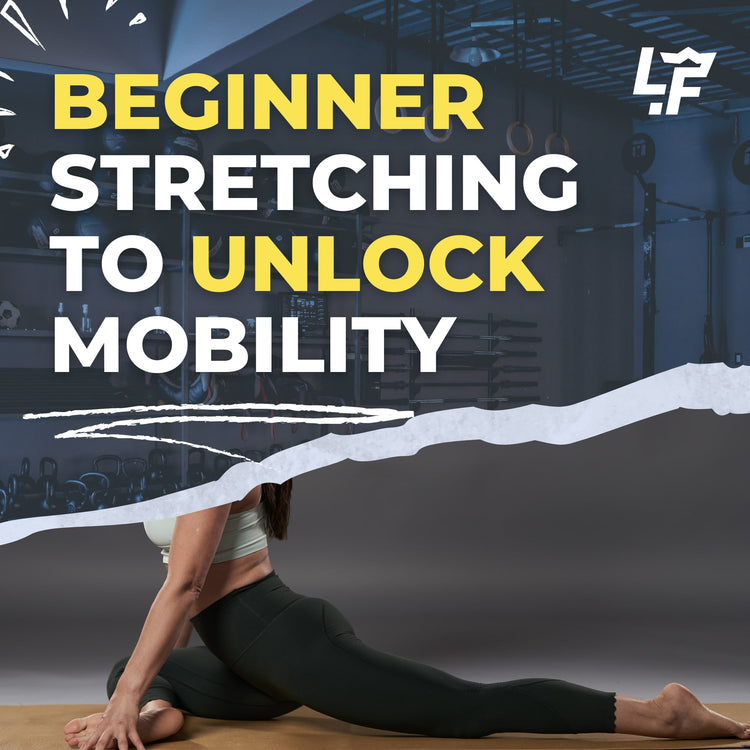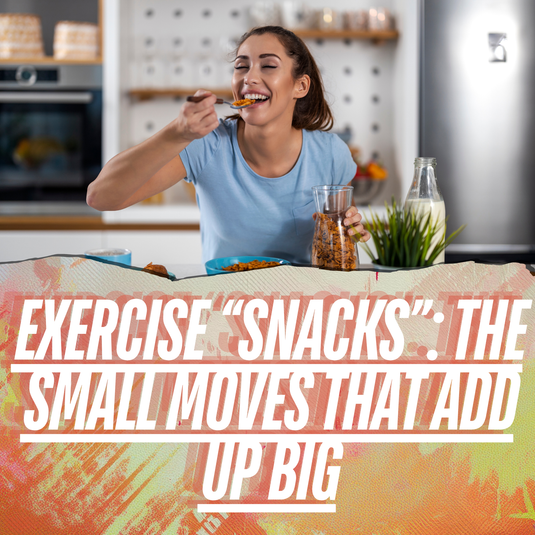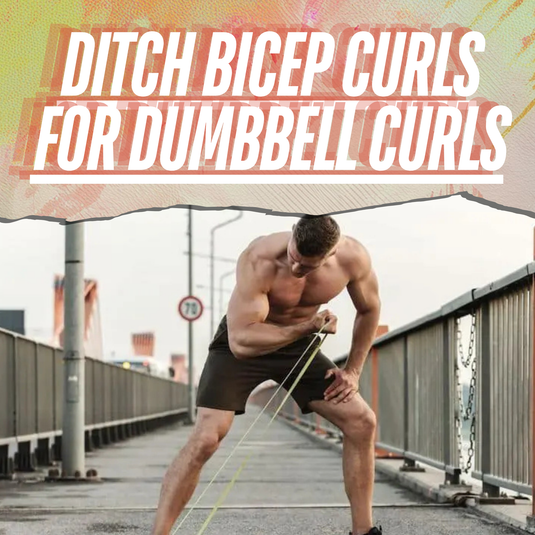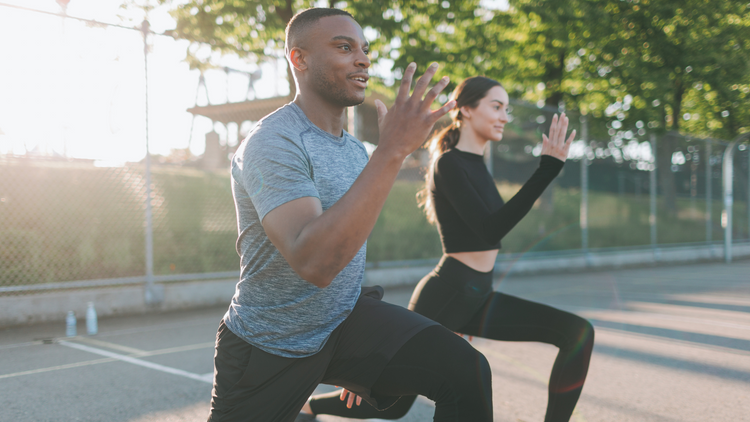Stretching Exercises for Home Workouts

⏱️ Estimated Read Time: 6 minutes
🧠 TL;DR
- Stretching Exercises for Home Workouts offers effective, accessible movements for targeted results.
- This guide is designed to help you move smarter, build strength, and stay consistent.
✍️ Summary
This post explores stretching exercises for home workouts in a way that’s actionable and easy to follow. Whether you're new to this style of training or leveling up, it includes practical takeaways for your routine.
📚 Table of Contents
Stretching exercises are an important part of any fitness routine. They help improve flexibility and mobility, making daily activities and workouts easier. This helps prevent injuries and improve performance in daily tasks and sports.
Whether you're doing flexibility exercises, mobility exercises, or hip mobility exercises, adding stretching to your home workout routine has many benefits. Let's dive into why stretching is so important and how you can get started.
Benefits of Stretching Exercises
Stretching exercises have many benefits for your physical and mental health:
- Improves Flexibility: Stretching helps lengthen your muscles, which can increase your range of motion and make everyday activities easier. The National Institutes of Health says regular stretching improves flexibility and physical performance.
- Prevents Injuries: Stretching increases flexibility and range of motion, which helps reduce injury risk. It prepares your muscles for physical activity, which can help prevent strains and sprains.
- Boosts Mental Health: Stretching can also have a positive impact on your mental health. It helps you relax and reduces stress. A study published in the Journal of Evidence-Based Complementary & Alternative Medicine found that stretching can improve mood and reduce anxiety.
Incorporating stretching into your home workout routine can provide these benefits and more, making it a valuable addition to your fitness regimen.
Types of Stretching Exercises
Stretching exercises come in various forms, each serving different purposes. Understanding these types can help you incorporate the right stretches into your routine.
Static Stretching
Static stretching means holding a stretch for 15 to 60 seconds. This helps lengthen muscles and improve flexibility.
Hamstring Stretch
Extend one leg straight out in front of you with the heel on the ground, and hinge forward at the hips, reaching toward your toes while keeping your back flat until you feel a stretch in the hamstring.
Calf Stretch
Keeping the leg straight and the heel on the ground, while leaning slightly forward towards your hands.
Quadriceps Stretch
Stand on one leg, hold the ankle of the other leg, and pull it to your buttocks.
Dynamic Stretching
Dynamic stretching means moving your body parts through their full range of motion. This is often used as a warm-up to prepare muscles.
Leg Swings
Stand on one leg and swing the other leg back and forth.
Arm Circles
Stretch your arms out to the sides and make small circles.
PNF Stretching
PNF stretching means stretching and contracting the targeted muscle group. This method is often used in rehab and can greatly improve flexibility.
- Contract-relax: Stretch the muscle, contract it against resistance, then stretch more.
- Hold-relax: Stretch the muscle, hold it, then relax and stretch more.
For more detailed information on stretching techniques, you can refer to resources like the American Council on Exercise.
Flexibility and Mobility Exercises
Common Mobility Exercises
- Shoulder circles: Extend your arms out to the sides and make small, controlled circles.
- Ankle rolls: Sit or stand and rotate your ankles in circular motions.
- Hip circles: Stand with feet hip-width apart and make circular movements with your hips.
Tips for Incorporating Flexibility and Mobility Exercises
- Start with a warm-up: Always begin with a light warm-up to prepare your muscles and joints.
- Consistency is key: Aim to include flexibility and mobility exercises in your routine at least three times a week.
- Listen to your body: Avoid pushing yourself too hard and stop if you feel pain.
For more tips on flexibility and mobility exercises, check out resources like the Healthline Guide to Stretching.
Hip Mobility Exercises
Having good hip mobility is crucial for overall movement and injury prevention. Your hips are involved in almost every movement you make, from walking to lifting. Here are some common hip mobility exercises to help keep your hips flexible and strong:
Hip Flexor Stretch
Kneel on one knee, with the other foot in front, forming a 90-degree angle. Push your hips forward slightly while keeping your back straight. Hold for 20-30 seconds and switch sides.
Pigeon Pose
Start in a plank position. Bring your right knee forward and place it behind your right wrist, with your right foot angled out. Extend your left leg back and lower your hips towards the floor. Hold for 20-30 seconds and switch sides.
Butterfly Stretch
Sit on the floor with your feet together and your knees bent out to the sides. Hold your feet and gently press your knees towards the floor. Hold for 20-30 seconds.
90/90 Stretch
Sit on the floor with your right leg bent at 90 degrees in front of you and your left leg bent at 90 degrees behind you. Lean forward slightly to feel a stretch in your right hip. Hold for 20-30 seconds and switch sides.
To incorporate hip mobility exercises into your daily routine:
- Include them in your warm-up before workouts.
- Do them in the morning to start your day with flexibility.
- Use them as part of your cool-down routine.
How to Create a Home Stretching Routine
Creating a home stretching routine is simple and can be very effective. Here are some tips to get you started:
- Set a Schedule: Dedicate time each day for stretching. Consistency is key to seeing improvements.
- Start Slow: Begin with basic stretches and gradually increase the intensity and duration.
- Use Equipment: Incorporate gym mats and resistance bands to enhance your stretches and provide support.
- Focus on All Areas: Ensure your routine includes stretches for all major muscle groups, including your hips, legs, back, and shoulders.
- Listen to Your Body: Stretch to the point of mild discomfort, not pain. If something feels wrong, stop and adjust.
As you become more flexible, you can increase the duration and intensity of your stretches. For added support and to enhance your routine, consider using Living.Fit's gym mats and resistance bands.
Conclusion
Stretching exercises offer numerous benefits for your overall well-being. They improve flexibility, help prevent injuries, and even boost mental health.
Starting a stretching routine at home is simple and highly effective. Consistency and gradual progression are key to seeing improvements. Utilizing gym mats and resistance bands can make your stretching sessions more comfortable and productive.
Ready to take your home workouts to the next level? Explore Living.Fit's selection of gym mats and resistance bands to enhance your stretching routine and achieve your fitness goals.
Want more guidance? Check out our Weekly Dumbbell Workout #1.
📝 FAQs
How often should I do these exercises? +
2–3 times per week is a good starting point for most people.
Do I need equipment? +
Many of these can be done with just your bodyweight or a single kettlebell or dumbbell.
Can beginners do these routines? +
Yes! These movements are designed to scale with your fitness level.






